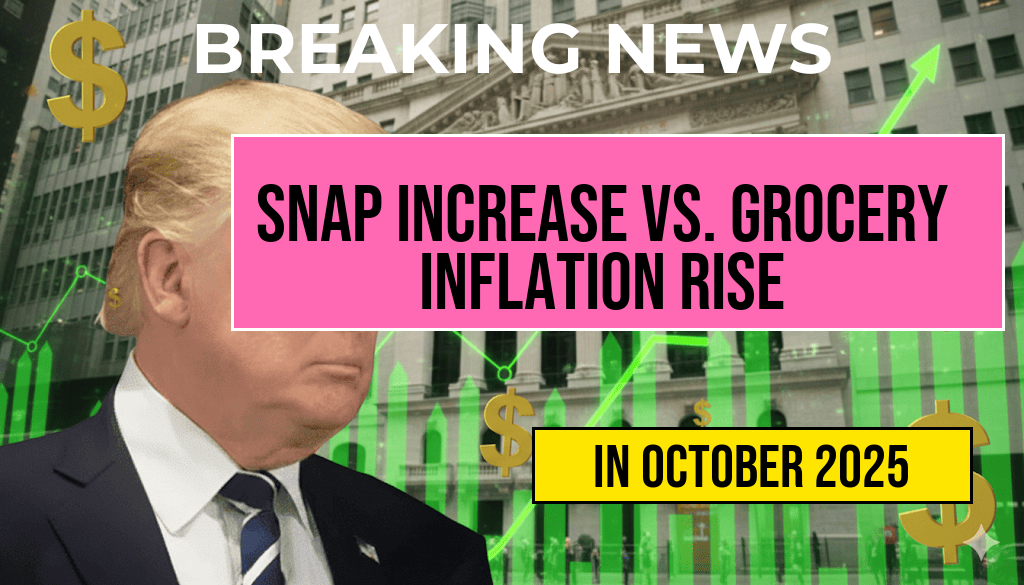As the tax season approaches, middle-income households across the United States are gearing up for an anticipated average tax cut of $1,510. This significant reduction is expected to provide financial relief for families, allowing them to allocate funds towards savings, education, and other essential expenses. With increasing inflation and rising costs of living, such a tax cut comes as welcome news for many Americans. According to recent analyses, the proposed changes in tax legislation are designed to ease the burden on middle-income earners while stimulating economic growth. These adjustments are part of a broader strategy to enhance financial stability for households that often feel the pinch of economic fluctuations.
Details of the Tax Cut Proposal
The anticipated tax cut stems from proposed revisions to federal tax policies aimed at providing relief to middle-income families. Key elements of the proposal include:
- Increased standard deductions
- Expansion of tax credits for children and dependent care
- Temporary adjustments to tax brackets
These measures are designed to benefit households earning between $50,000 and $100,000 annually, which represents a significant portion of the American workforce. Analysts believe that this tax cut could lead to increased disposable income, potentially driving consumer spending and bolstering local economies.
Impact on Household Budgets
The potential tax savings could have a substantial impact on the financial well-being of many families. For example, a middle-income household earning $75,000 could see a reduction in their tax obligations, freeing up funds for critical expenses such as:
- Childcare and education costs
- Healthcare and medical bills
- Home repairs and improvements
According to a report from the Tax Policy Center, these adjustments could result in families having more flexibility in their budgets, ultimately contributing to greater economic stability.
Government Response and Economic Context
The proposal has garnered mixed reactions from lawmakers and economic experts. Proponents argue that the tax cuts are necessary to address the financial struggles of middle-income families, especially amid rising inflation rates and increasing living costs. On the other hand, some critics express concerns about the long-term implications of reduced tax revenues on social programs and infrastructure investments.
Economic analysts emphasize the need for a balanced approach to taxation that supports families while ensuring sustainable funding for essential services. The current economic climate, characterized by persistent inflation and supply chain disruptions, has intensified the urgency for effective fiscal policies.
Projected Outcomes and Long-Term Effects
While the immediate benefits of the tax cut are clear, experts caution that the long-term effects depend on various factors, including economic growth and employment rates. Should the economy show signs of recovery, the tax cuts could lead to increased consumer confidence and spending, further stimulating growth.
Conversely, if economic conditions worsen, the sustainability of the tax cuts could be called into question. A careful evaluation of the proposal’s effectiveness will be essential as the government navigates ongoing economic challenges.
Conclusion: A Step Towards Economic Relief
The anticipated average tax cut of $1,510 for middle-income households reflects a significant move towards providing economic relief in a challenging financial landscape. As families await the implementation of these changes, the potential for improved financial stability and increased spending power could have a ripple effect on the broader economy. The next steps will involve monitoring the legislative process and assessing the impact of these tax adjustments on household budgets and overall economic health.
| Income Range | Estimated Tax Cut |
|---|---|
| $50,000 – $75,000 | $1,200 |
| $75,000 – $100,000 | $1,800 |
| $100,000 – $125,000 | $1,500 |
For more detailed insights into the implications of the tax changes, visit the Tax Policy Center or refer to the IRS website for official updates.
Frequently Asked Questions
What is the average tax cut that middle-income households are expecting?
Middle-income households are anticipating an average tax cut of $1,510.
How will the tax cuts impact middle-income families?
The tax cuts are expected to provide financial relief to middle-income families, allowing them to have more disposable income for savings or spending.
What factors are contributing to the expected tax cuts?
The anticipated tax cuts are influenced by changes in tax legislation, economic growth, and adjustments in tax brackets aimed at benefiting middle-income households.
When are these tax cuts expected to take effect?
The tax cuts for middle-income households are expected to take effect in the upcoming tax year, depending on the final approval of legislation.
Will all middle-income households receive the same amount in tax cuts?
Not all middle-income households will receive the same amount; the tax cut amount can vary based on individual income levels and specific deductions applicable to each household.








